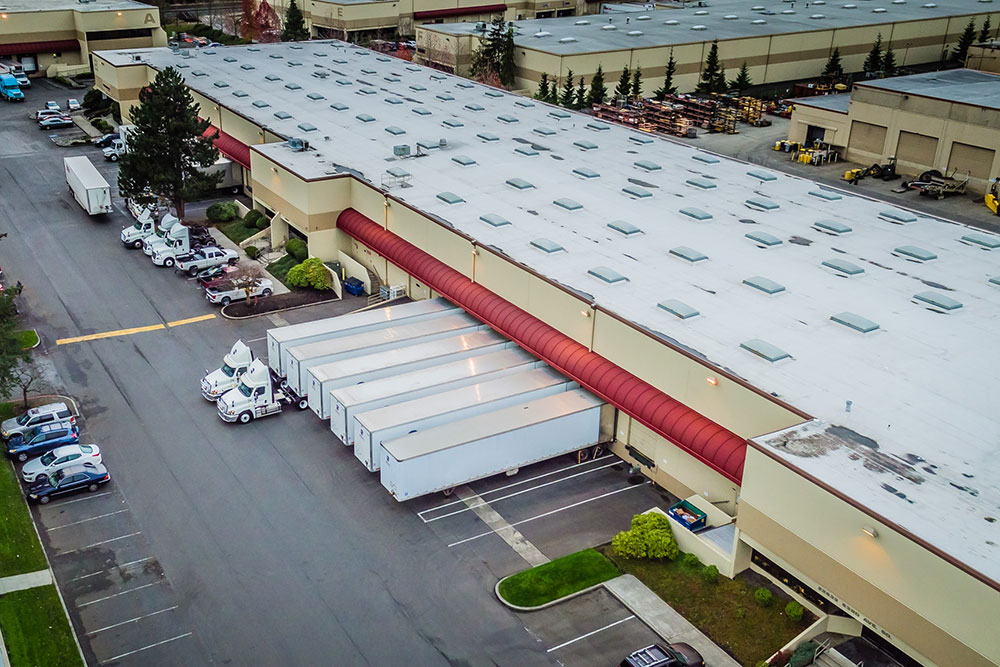 Since the beginning of the COVID-19 pandemic, a rise in shipping resource shortages has been seen across the logistics industry. These shortages started around January 2020 and have persisted more than a year later.
Since the beginning of the COVID-19 pandemic, a rise in shipping resource shortages has been seen across the logistics industry. These shortages started around January 2020 and have persisted more than a year later.
Shipping Container Shortages
When companies check databases for standard size 40’ shipping containers and even smaller 20’ containers, the computers often show none available. So, where are all the shipping containers?
The answer is complicated.
Since shipping containers are shared globally, it can be difficult to tell where the containers are and why there is a shortage. But one factor contributing to the deficit is COVID-19 restrictions.
With ports limiting the number of employees who can be on duty at once, the number of shipping containers that can be processed has decreased since the beginning of the pandemic. While the United States is beginning to lift COVID-19 restrictions, other countries continue to struggle with the pandemic, resulting in continued COVID-19 restrictions.
Truck Driver and Shipping Line Shortages
As the shortage of truck drivers continues, with more drivers staying home during the pandemic, shipping containers are taking longer to be transported. Since most shipping containers are shipped via rail or truck, with the driver shortage, containers are remaining full for longer periods.
In addition to driver shortages attributing to the shipping resource shortage, shipping lines are also contributing. Due to a slow-down in global trade, the logistics industry has faced economic hardships and needed to cut costs wherever possible. With less money and fewer drivers, shipping containers are taking longer to unload and transport.
The pandemic is not the only reason for the shipping container shortage. Cost increase is also a driving force in the industry. With estimated shipping costs for each individual 40’ container sitting around $5,000—and can go higher—companies are careful to make the most of their money. Cargo ships charging these fees are seeing a decline in demand, keeping ships docked for longer, and delaying shipping times further.
Static Shipping Containers
But that’s not all. Some companies are choosing to ship high-priority goods in containers that are filled to half capacity in order to expedite the shipping process. The combination of a shortage of shipping containers and the shipment of low-capacity containers is creating a hierarchy of supply and demand, with only the products in highest demand seeing fast shipping times.
On the other end of the spectrum, are static containers. Due to a delay in low-priority goods being shipped as well as a reduced number of workers in the industry, shipping containers stocked with unessential items are awaiting shipping for longer. According to a Container xChange report, these stagnant shipments are becoming a problem for many ports.
Empty Shipping Containers
Despite advancements in technology, automations throughout the industry, and improvements to data silos and supply chain management, empty shipping containers are sitting empty in ports for long periods. The average container sitting idle for an average of 45 days, according to a Container xChange survey.
In the United States and China, the global average of 45 days swells to 61 and 66 days respectively. Each day a container sits in the depot unused, it incurs an added cost.
There are many factors that contribute to shipping resource shortages, but with the COVID-19 pandemic still impacting much of the world. The rising cost of goods and services, it’s unlikely that shipping times will pick up anytime soon.
However, there is light at the end of the tunnel. With large sections of the United States reopening and COVID-19 infection rates slowing, soon ports will be able to work at full capacity, helping to hasten shipping times.


Leave a Reply